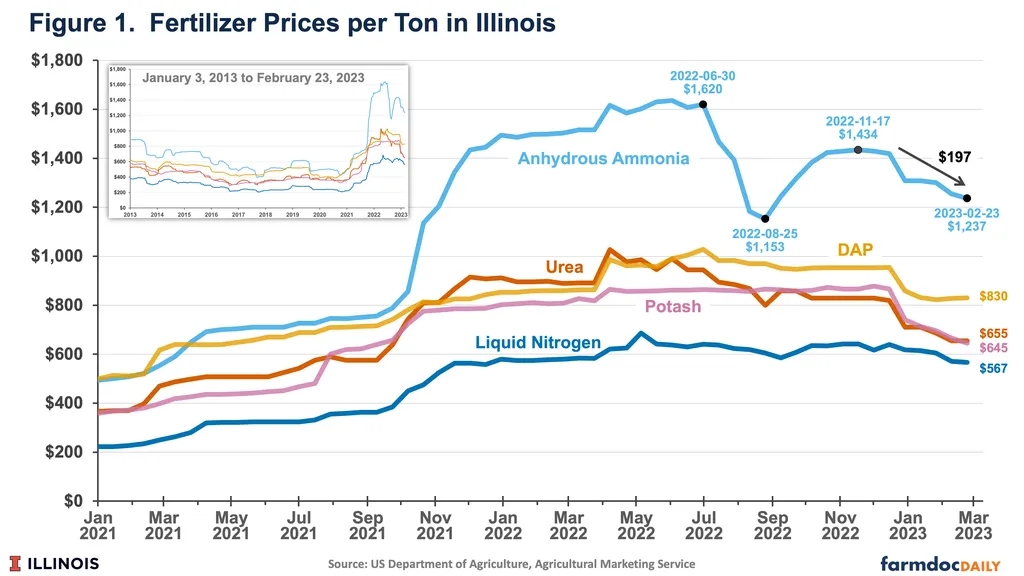In the ever-evolving landscape of precision agriculture, a recent study published in the journal *Geoderma*—translated to *Soil Science*—has shed light on the intricate balance between data acquisition costs and the financial viability of variable-rate fertilizer applications. Led by T.S. Breure, a researcher affiliated with Rothamsted Research and Cranfield University in the UK, the study delves into the uncertainties inherent in predicting nutrient concentrations from soil spectra, a method that has garnered significant attention for its potential to optimize fertilizer use.
The research focuses on the concentrations of available phosphorus (P) and potassium (K) in soil, which can be estimated through soil spectroscopy. This technique, when combined with sufficient sampling, can create detailed maps to guide farmers in applying fertilizers at variable rates. However, the accuracy of these maps is influenced by both spatial variation in the soil and the calibration of the spectra against chemically determined concentrations.
Breure and his team developed a loss-function framework to explore how the sizes of sample sets and calibration sets affect the likely profitability of variable-rate applications of P and K fertilizers. Through simulation, they generated 100 realizations of P and K in each of four fields in Cambridgeshire, England, using geostatistical simulation. This approach allowed them to assess the impact of different combinations of total sample and calibration set sizes on the uncertainty associated with predictions.
One of the key findings of the study is that the size of the calibration set has a more significant impact on prediction uncertainty than the total sample size. “For the same size of calibration set, there were large differences in the kriging variances between total sample sizes,” Breure noted. This insight underscores the importance of careful calibration in achieving accurate predictions.
The study also revealed that when the costs of acquiring data are disregarded, the expected loss for available P is strongly affected by the total sample size. For available K, the effect of the size of the calibration sample dominated the expected loss. Importantly, the expected loss showed diminishing returns with increasing sample size, indicating that there is a point beyond which additional sampling does not significantly improve the financial outcome.
Perhaps the most sobering finding is that none of the sample sizes considered in the study would result in a financial gain. “Spectroscopy needs to become cheaper for it to be cost-effective for variable-rate applications of P and K fertilizer,” Breure stated. This conclusion highlights the need for advancements in technology and cost reduction to make soil spectroscopy a viable option for farmers.
The implications of this research are far-reaching for the agricultural sector. As precision agriculture continues to evolve, the ability to accurately predict nutrient concentrations and apply fertilizers at variable rates could revolutionize farming practices. However, the financial viability of these methods remains a critical consideration. The study by Breure and his team provides a valuable framework for understanding the costs and benefits associated with soil spectroscopy, paving the way for future developments in this field.
In the broader context of the energy sector, the insights gained from this research could also have implications for soil management in energy crop production. As the demand for renewable energy sources grows, the efficient use of nutrients in soil becomes increasingly important. The findings of this study could help inform strategies for optimizing fertilizer use in energy crop cultivation, ultimately contributing to more sustainable and cost-effective energy production.
As the agricultural and energy sectors continue to intersect, the need for innovative solutions to soil management becomes ever more pressing. The research published in *Geoderma* offers a crucial step forward in understanding the complexities of soil spectroscopy and its potential to transform farming practices. With further advancements in technology and cost reduction, the dream of precision agriculture may soon become a reality, benefiting farmers, consumers, and the environment alike.

